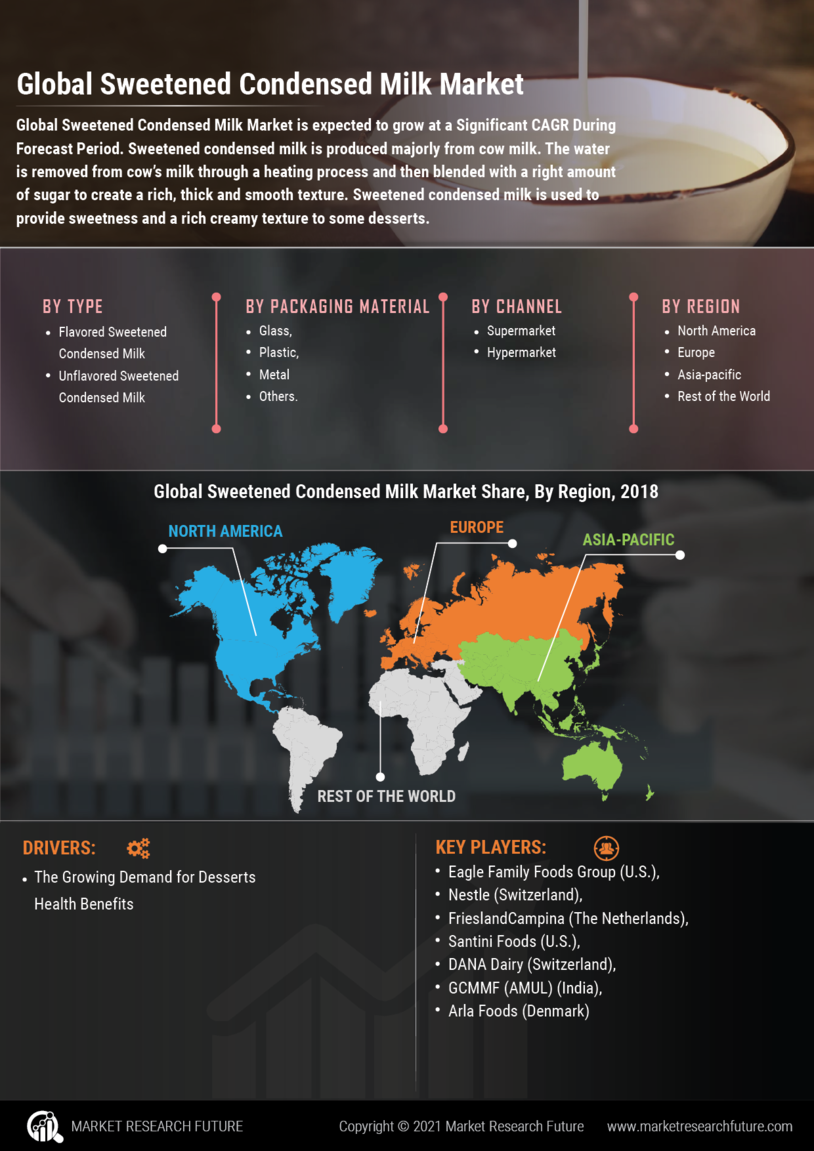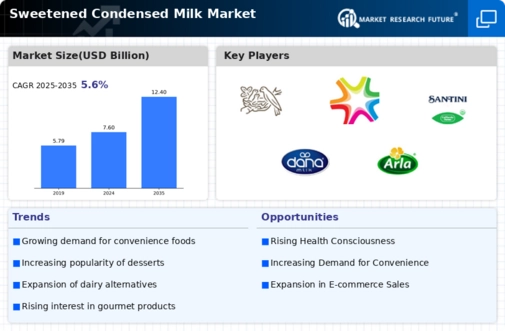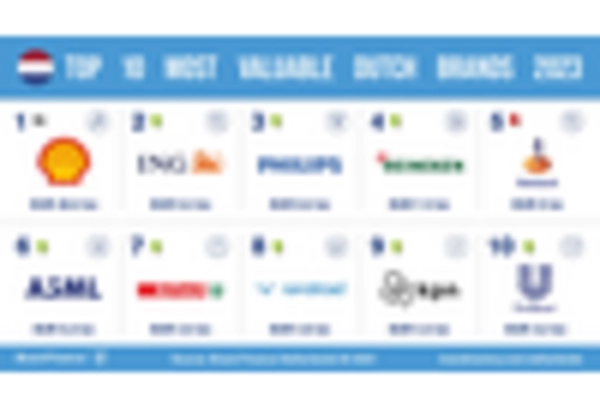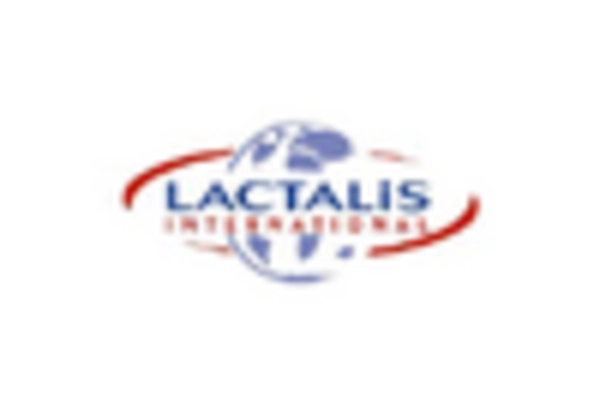Major market players are spending a lot of money on R&D to increase their product lines, which will help the sweetened condensed milk market to grow even more. Market participants are also taking a range of strategic initiatives to grow their worldwide footprint, with key market developments such as new product launches, contractual agreements, mergers and acquisitions, increased investments, and collaboration with other organizations. Competitors in the Sweetened Condensed Milk industry must offer cost-effective items to expand and survive in an increasingly competitive and rising market environment.
One of the primary business strategies adopted by manufacturers in the global Sweetened Condensed Milk industry to benefit clients and expand the market sector is to manufacture locally to reduce operating costs. In recent years, Sweetened Condensed Milk industry has provided with some of the best condensed milk for food industry. The Sweetened Condensed Milk Market market major player such as Eagle Family Foods Group (U.S.), Nestle (Switzerland), Friesland Campina (The Netherlands), Santini Foods (U.S.), and others are working to expand the market demand by investing in research and development activities.
Nestlé is a multinational conglomerate firm with its headquarters in Vevey, Vaud, Switzerland that processes food and beverages. When considering revenue and other factors, it is the largest publicly held food firm in the world. Baby food, medical food, bottled water, breakfast cereals, coffee, tea, confectionary, dairy goods, ice cream, frozen food, pet foods, and snacks are among the range of goods produced by Nestlé. Several of these items contain human milk oligosaccharides. One billion CHF or more in sales are generated annually by 29 Nestlé brands. Nestlé released Wunda.
This unique pea-based beverage is "epic in everything." Direct ingestion, splashing on cereal, adding it to hot drinks, and many other uses are all possible. In July 2020 Nestle announced its launch of vegan condensed milk in three major United Kingdom retailers. The company has been developing the plant-based alternative to its classic Carnation condensed milk for 18 months, commonly used in many recipes for desserts and confectionaries. This product, made from oat and rice flour, will be available on Ocado’s website.
Also, American food producer Eagle Family Foods Group LLC has its headquarters in Cleveland, Ohio. After purchasing ownership of the Borden canned milk brands, Paul Smucker Wagstaff founded the business in 2015. (Eagle Brand, Magnolia, Milnot, PET). Condensed and evaporated milk, popcorn, French fries, sweet onion sticks, and pasta meals are among the products offered by Eagle Family Foods. On July 2022 Eagle Foods announced today that it has completed its acquisition of the iconic Helper main meals and Suddenly Salad side businesses from General Mills, Inc. (NYSE: GIS).

















Leave a Comment